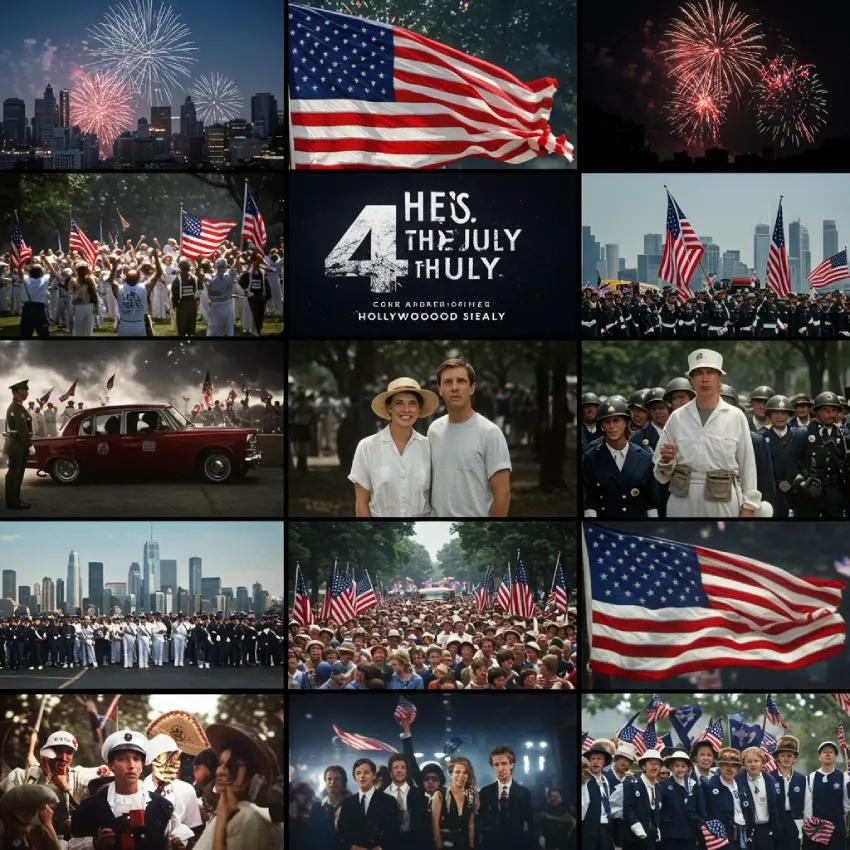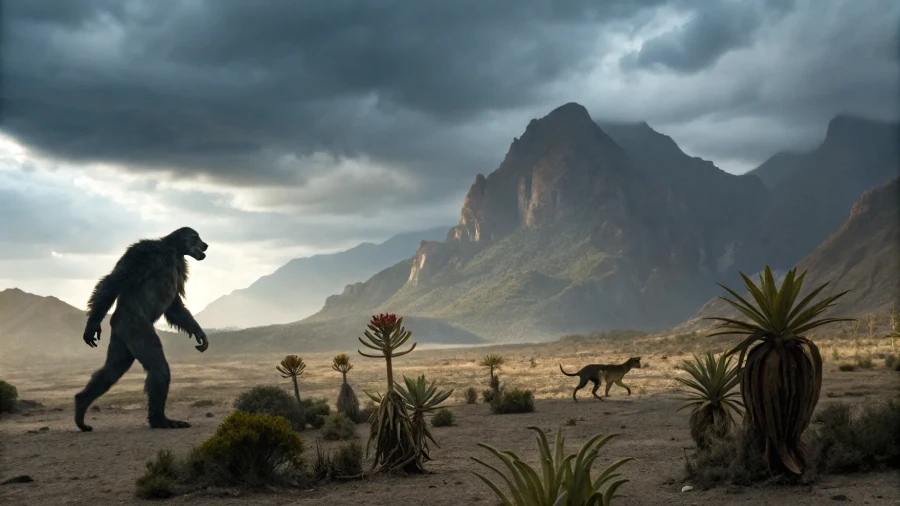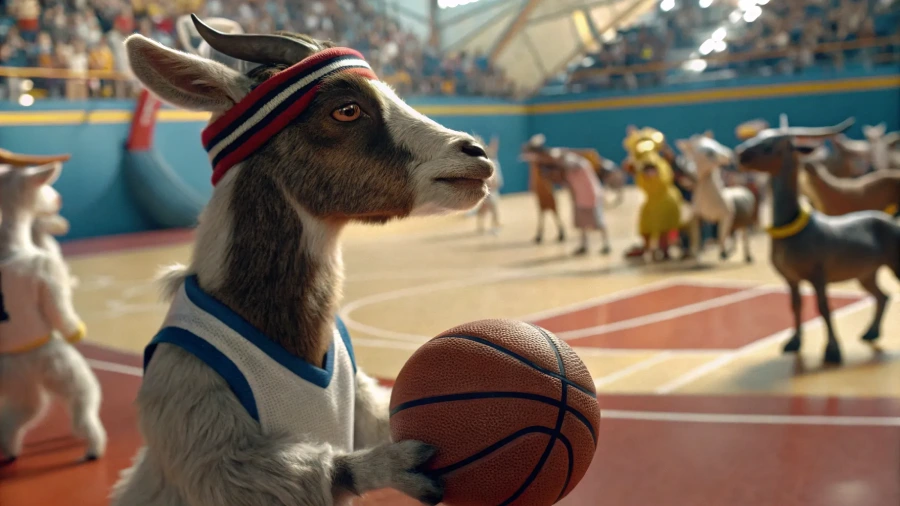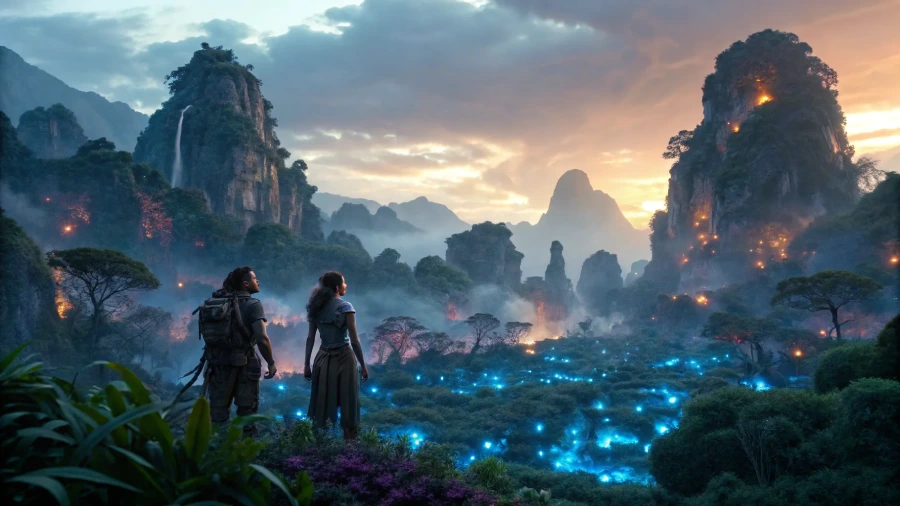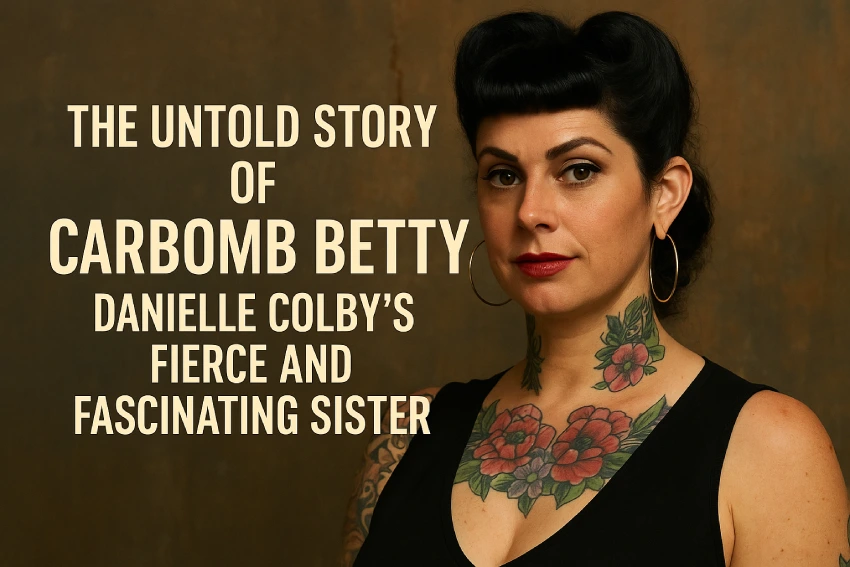Hollywood’s portrayal of Independence Day has evolved from nostalgic parades and patriotic musicals to dystopian critiques and diverse narratives. This article explores how July 4th in cinema mirrors the nation’s shifting values and self-image—through icons, irony, and introspection.
Why Does Hollywood Use the 4th of July in Movies?
The Fourth of July is more than fireworks in American cinema—it’s a narrative shorthand for values like freedom, unity, sacrifice, and dissent. Filmmakers use this national holiday as both backdrop and metaphor, reflecting America’s changing cultural and political identity.
How Did Early Hollywood Films Portray July 4th? (1930s–1950s)
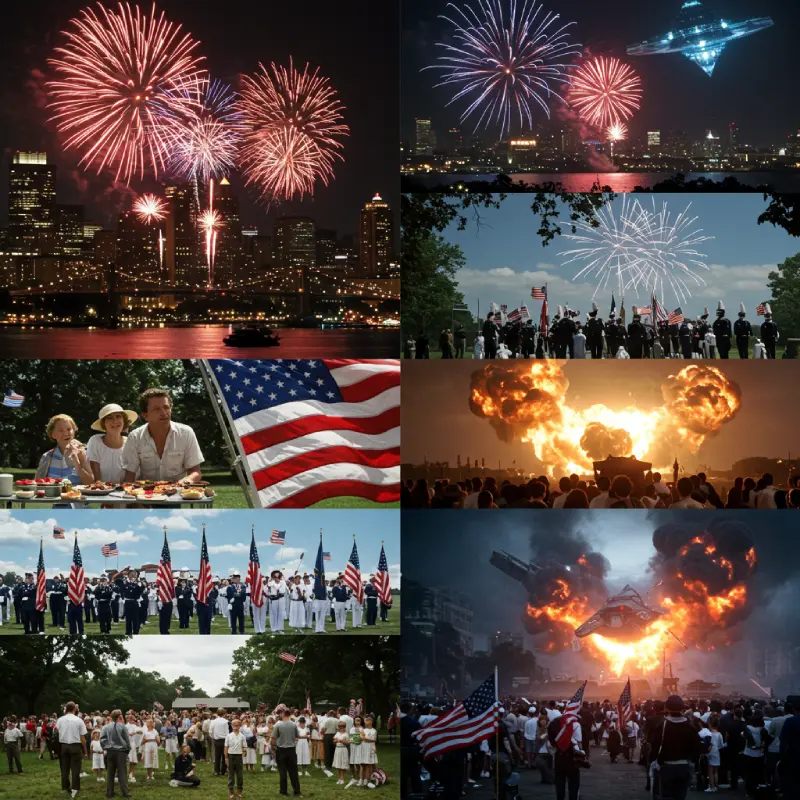
In early American cinema, July 4th was a canvas for national pride. Films like Yankee Doodle Dandy (1942) featured musical tributes to patriotism. George M. Cohan’s story, played by James Cagney, emphasized devotion to country through personal talent.
Key themes:
- Traditional Americana: Parades, flags, and brass bands.
- Unified community: Idealized small-town values during wartime and post-Depression recovery.
- Earnest nationalism: Clear, celebratory portrayals of the American Dream.
How Did 1960s–70s Films Reflect Protest and Patriotism?
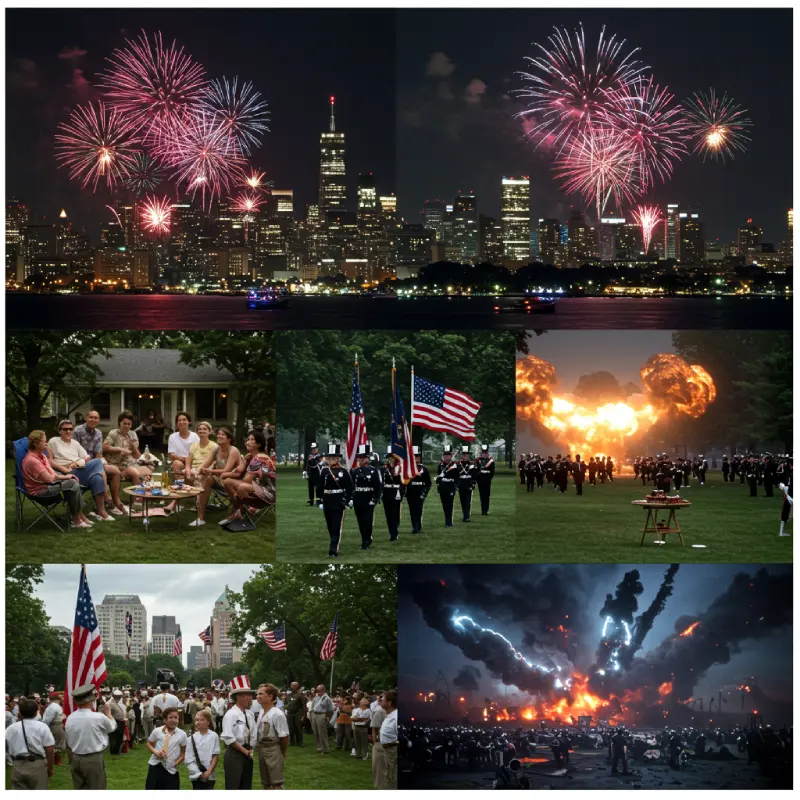
During the Vietnam War and Civil Rights Movement, Independence Day became a site of ideological conflict. Films like Coming Home (1978) and The Last Detail (1973) used the holiday to explore disillusionment with war and authority.
Even though Born on the Fourth of July (1989) came later, its themes resonate with this period. It follows Ron Kovic, a disillusioned veteran questioning the government’s motives and the meaning of freedom.
Key themes:
- Protest meets patriotism: July 4th as both celebration and critique.
- Emotional complexity: Veterans, trauma, and national identity.
- Fireworks as metaphor: Symbolizing both awe and chaos.
What Role Did July 4th Play in 1980s–90s Blockbusters?
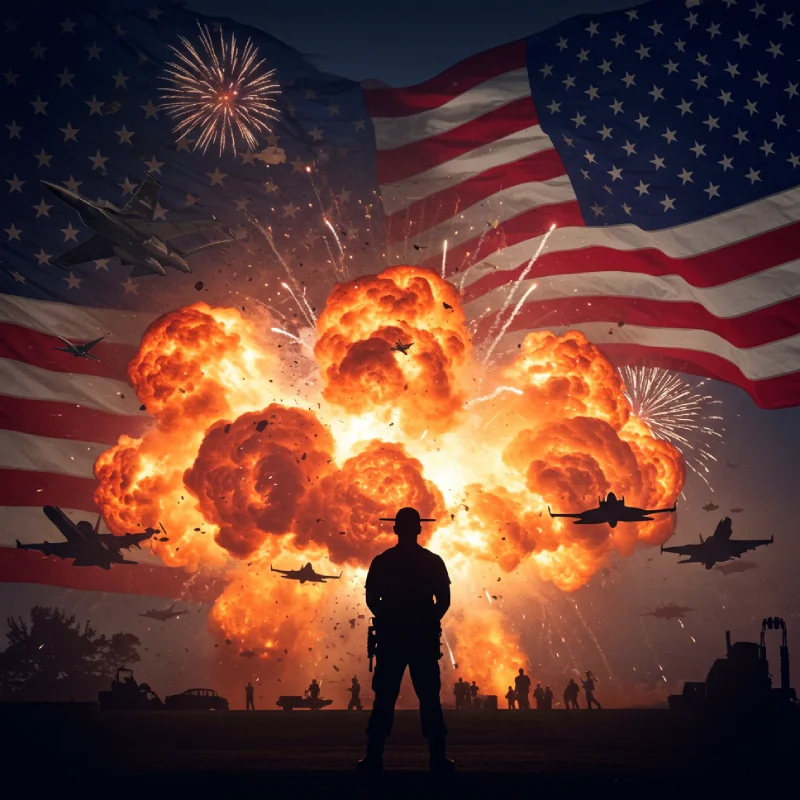
The blockbuster era reframed the Fourth of July as spectacle. Independence Day (1996) made the holiday a global rallying cry against alien invasion. Bill Pullman’s presidential speech became an icon of cinematic patriotism.
Other hits like Top Gun (1986) tapped into military valor and high-octane Americana, even if not directly tied to July 4th.
Key themes:
- Heroic nationalism: Clear good vs evil narratives.
- Simplified morality: Us vs them storytelling ideal for summer hits.
- Visual spectacle: Fireworks, jets, explosions—patriotism as action.
How Did Post-9/11 Films Change the Tone?
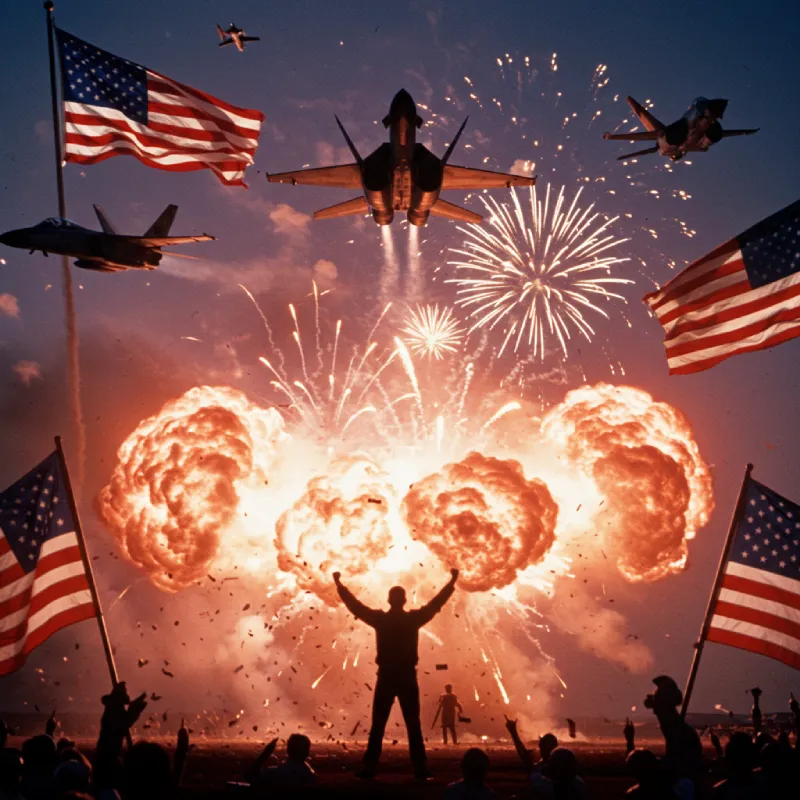
After 2001, patriotic portrayals grew more introspective. United 93 (2006), The Hurt Locker (2008), and World Trade Center (2006) emphasized personal sacrifice and emotional realism. July 4th scenes became somber reflections on loss and duty.
Superhero films like Captain America: The First Avenger (2011) featured literal flag-wearing heroes—but with nuanced takes on propaganda and purpose.
Meanwhile, satire pushed back. Team America: World Police (2004) mocked blind jingoism while interrogating national duty.
Key themes:
- Reflection over celebration: What does freedom mean post-crisis?
- Moral ambiguity: Patriotism laced with doubt and nuance.
- Superhero symbolism: The burden of ideals in modern warfare.
How Do Recent Films Portray July 4th? (2010s–2020s)
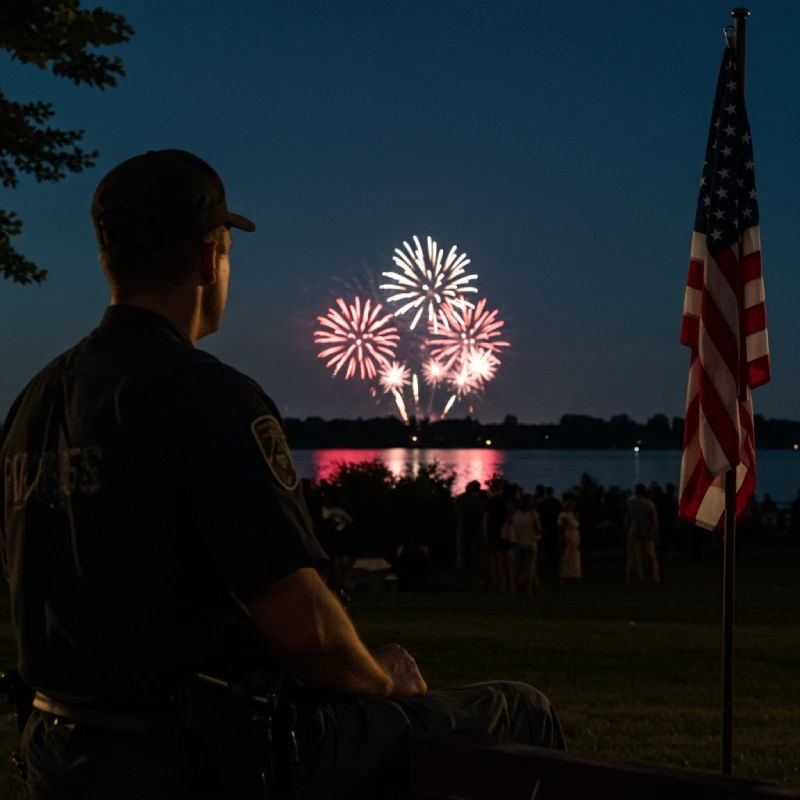
Contemporary portrayals mix irony, diversity, and critique. The Purge franchise, especially The Forever Purge (2021), distorts July 4th symbols to expose nationalism and systemic violence.
Conversely, Hidden Figures (2016) reclaims the holiday through underrepresented heroes—highlighting Black women’s role in space history. In The Sandlot (1993), the July 4th baseball scene remains a nostalgic ode to childhood Americana.
Streaming platforms have amplified indie perspectives—covering immigration, Indigenous history, and marginalized identities.
Key themes:
- Subversive symbolism: Fireworks as chaos or critique.
- Intersectionality: Class, race, and gender shape the national story.
- New storytellers: Diverse creators redefine patriotism’s lens.
What Are the Most Iconic July 4th Movie Moments?
- “Today we celebrate our Independence Day!” – Independence Day (1996)
- Ron Kovic’s homecoming – Born on the Fourth of July (1989)
- The Sandlot fireworks game – The Sandlot (1993)
- Captain America’s transformation scene – Captain America (2011)
How Has Patriotism Evolved in Film?
| Era | Tone | Key Films | Takeaway |
|---|---|---|---|
| 1930s–50s | Celebratory | Yankee Doodle Dandy | Patriotism as pride |
| 60s–70s | Critical | Born on the Fourth of July | Patriotism vs protest |
| 80s–90s | Heroic | Independence Day, Top Gun | Patriotism as spectacle |
| 2000s | Reflective | The Hurt Locker, United 93 | Patriotism as personal |
| 2010s–20s | Diverse/Ironic | The Purge, Hidden Figures | Patriotism as contested |
Conclusion: Why July 4th Still Matters in Movies
Cinema mirrors culture. And America’s evolving self-perception is captured on July 4th screens—from black-and-white parades to dystopian survival tales.
Today’s Hollywood doesn’t just celebrate Independence Day—it interrogates it. What we see on-screen reflects not only who we are, but who we imagine we could become.
Cue fireworks. Roll credits.
FAQs
1. Why is the 4th of July a popular setting in Hollywood films?
The 4th of July is a powerful symbol of American identity, freedom, and sacrifice. Hollywood uses it to evoke strong emotional responses, reflect national values, or even critique them. It provides a ready-made backdrop of fireworks, patriotism, and community that helps anchor many stories in a culturally significant moment.
2. Which movie has the most iconic July 4th speech?
Independence Day (1996) features one of the most iconic speeches in movie history. Delivered by Bill Pullman as President Whitmore, the “Today we celebrate our Independence Day” scene is a cinematic moment that redefined patriotism for a new generation.
3. How do modern films portray patriotism differently than older ones?
Older films (1930s–50s) often showcased straightforward, celebratory patriotism. Modern films, especially post-9/11, tend to explore patriotism with more nuance—balancing pride with critique. Recent portrayals often include diverse perspectives, addressing issues like race, protest, and national identity.
4. Are there any July 4th movies that critique American values?
Yes. Films like Born on the Fourth of July and The Purge: The Forever Purge use July 4th to question and challenge American ideals. These films highlight themes like disillusionment, systemic injustice, and the darker sides of nationalism.
5. What are some family-friendly July 4th movies?
The Sandlot (1993) features a nostalgic July 4th baseball scene perfect for all ages. Other family-friendly options include Captain America: The First Avenger and animated shorts like Liberty’s Kids, which explore America’s founding with educational themes.
6. How do fireworks scenes contribute to July 4th symbolism in film?
Fireworks symbolize freedom, celebration, and sometimes chaos. In cinema, they often mark emotional climaxes, symbolizing internal conflict or national unity. For example, fireworks in The Sandlot reflect childhood wonder, while in The Purge, they underscore dystopian irony.
7. Has streaming changed how July 4th is portrayed in movies?
Absolutely. Streaming platforms have enabled more diverse storytelling, with indie filmmakers and marginalized voices using the 4th of July to express personal and cultural perspectives. The result is a broader, more inclusive interpretation of what patriotism looks like in modern America.
